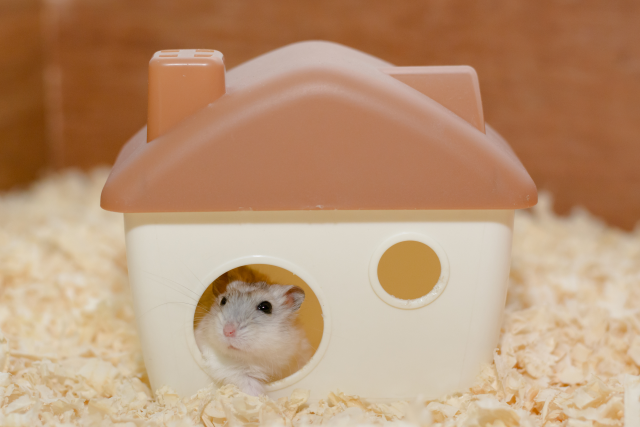oriolat2
Giga Poster
Cannon Launch
So I’m thinking the coaster train backs up into a cannon, it’s then primed, and then you are shot out and go along the track.
Welcome to 1995 and Space Mountain xD
Cannon Launch
So I’m thinking the coaster train backs up into a cannon, it’s then primed, and then you are shot out and go along the track.
Google to the rescue!This. Wonder how many hamsters running on a massive wheel would be needed to launch Kingda Ka?


Google to the rescue!
Somebody apparently found out that a hamster on a wheel generates 0.5 Joules per second. Or half a watt:

How Many Hamsters Would it Take to Power Your Home and Would This Be Cheaper Than Coal Power?
Jeremy A. asks: How many hamsters running on electricity generating wheels would it take to provide enough energy for an average American household? Would this be cheaper than coal electricity? While the question of hamsters powering homes may seem a bit farcical, it should be noted that at one...www.todayifoundout.com
Meanwhile, Kingda Ka's launch motor provides a peak power output of 15.5 MW:

Kingda Ka - Wikipedia
en.wikipedia.org
So the quick answer, with the launch being directly powered by the hamster wheel, and ignoring a few friction losses and the possibility of using flywheels or capacitor banks to build up energy over time and release it quickly when needed, would be 31 million hamsters.
Could get the Rats involved too tbf. There are a lot more than 57 million of them.According to Google the stimated population of Hamsters is 57million. So we could only build 1 of these rides.
- Regenerative Braking - I mean the EV professional wasn't going to let this one slip by, right?A really cool featuring about magnetic motors, they can act as a brake as much as a motor. The act of magnetic braking at present is to simply slow the train by having onboard magnets pass by magnets/steel segments it is attracted to; essentially letting the energy naturally disperse. Assuming a train is entering the brakes with enough steam coughOrioncough, there could be enough kinetic energy to make a regenerative brake sensible, allowing the capture of energy, converting it back into electricity. Electricity can simply be sent back to the electrical grid, or stored locally for reuse on another launch, lighting, etc. There are a lot of reasons why this off-the-shelf tech hasn't been employed in coasters, mainly economics and having any sense of an ROI - but the application could happen!
We've also yet to discuss harnessing the power of animals.
